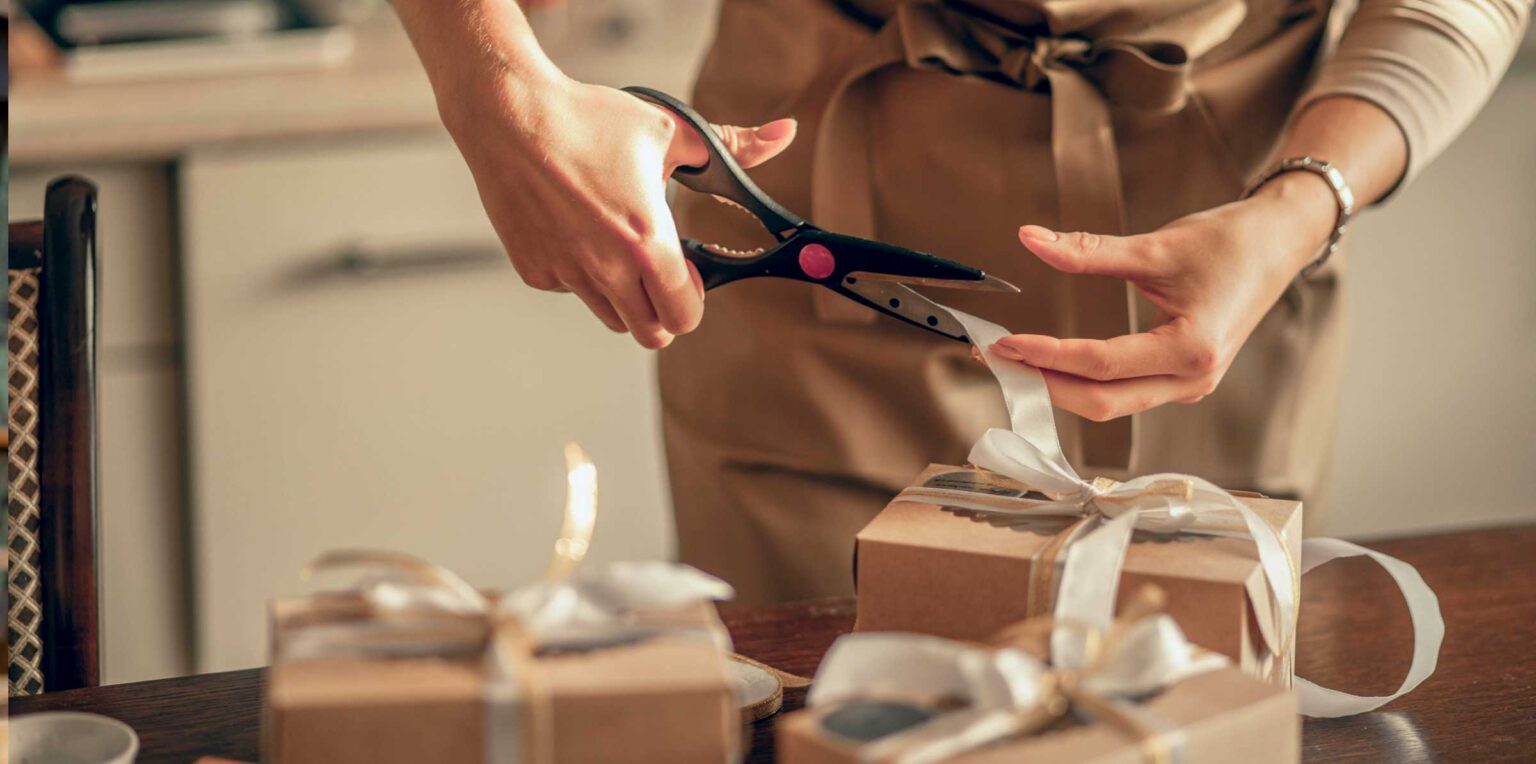Virtual brands and dark kitchens are a low-cost, low-risk business model transforming the hospitality industry. We asked the experts to share tricks of the trade for creating a successful one.
At a glance
Here’s a snapshot of the advice from our interviewees:
- Virtual brands can be easy to set up with low start-up costs.
- The concept is a way to attract new customers and trial different food trends.
- You’ll need good imagery and marketing if your virtual offerings are to stand out from the cloud crowd.
- Invest in the right packaging to make sure your food arrives fresh.
Busier lives and greater access to technology means Australians have been increasingly opting to order in rather than eat out. Roy Morgan research found that nearly four million Australians now order food online, up 9.8% from 2018, and there’s no doubt COVID-19 will have caused a further spike in these figures too (after all, treats from Deliveroo or UberEats were one of the highlights of 2020).
To take advantage of this boom, a crop of online-only restaurants have appeared on the market – either as virtual brands or dark kitchens (or cloud kitchens). You’ve likely ordered from one yourself and don’t even know it.
We spoke with some experts to get a grasp on what this new hospitality trend means and what small businesses might want to be aware of if considering setting one up.
What are virtual brands and dark kitchens?
A virtual brand is when an established restaurant sets up an online-only brand to attract different customers, says Lawrence Pelletier, sales and marketing director at hospitality IT platform Redcat, who automate and streamline the food delivery process for their clients.
Virtual brands typically run via the restaurant’s existing kitchen and often repurpose their ingredient list, says Pelletier.
A dark kitchen, on the other hand, is a similar concept, but it functions as a kitchen-only without a front-of-house – so all the brands it houses exist virtually.
These cloud-based brands are marketed and distributed to customers via online ordering portals and delivery partners such as UberEats, Deliveroo, Menulog and DoorDash.
How do you set one up?
Creating a virtual brand is pretty simple, says Pelletier. You should start by doing some research into the food ordering trends and the demographic make-up of your restaurant’s area. Submit your brand application to the delivery partners for consideration, and boom you have a new ‘restaurant’ on your hands. The delivery partners will then drive your business for an average commission of 25-35%, he adds.
If you were looking to set up a dark kitchen from scratch, the same rules apply – with a catch. You will firstly need to obtain a permit to use an industrial kitchen and gain access to one that sits near high population bases that are easy to deliver from, says Pelletier.
The benefits of virtual brands
The key benefit of virtual brands, says Pelletier, is that they give restaurants the chance to tap into new food trends, expand their customer base and experiment with very little risk.
“You can set these brands up pretty quickly and test different menu items. If it works it works, if it doesn’t you can easily change the menu or remove the brand altogether,” he says.
“You could create a whole virtual vegetarian restaurant, for example, by leveraging the vegetarian items on your menu. Vegetarians may not come to your front-of-house restaurant, but you can attract them to your virtual brand.
You can also make your investment in your restaurant work harder by creating a virtual brand, says Pelletier.
“The equipment in an industrial kitchen is very expensive, so if you can increase your return on that investment, you’re going to be in a better place,” he says.
Pelletier adds that an additional bonus of operating a purely dark kitchen is that you don’t need to pay for a front-of-house in a prime real estate location or necessarily have a fixed lease.
“You’ll find dark kitchens a few streets into the suburbs or in industrial areas, rather than on the high street.”
Dramatically improve your profitability
Sudeep Banstola, owner of takeaway restaurant Bondi Relish, decided to partner with Deliveroo to create one of Bondi’s first virtual brands, ‘Hangover Doctor’, in 2016 to cater to the area’s hungry youth.
“At the time there were not many cafes doing breakfast delivery on the Deliveroo app, so we saw a market opportunity there,” he says.
“Bondi is a very young, vibrant place, particularly in the summer, and people tend to stay out late partying. In the morning, they are on the hunt for a good, quick takeaway breakfast. So that’s where we came up with the concept for Hangover Doctor.”
Hangover Doctor’s menu is pretty similar to Bondi Relish’s – but the items have different names and perhaps a slight tweak. At Hangover Doctor, your beef burger is an Americano whereas at Bondi Relish it’s a Daddy’O with different sauce and sans bacon.
Another thing to consider is how your food travels, which a consultant chef or food technologist can help you out with.
The key to success in the virtual restaurant business
While they may be simple to set up, Pelletier says, the devil is in the detail when it comes to achieving success in the virtual brand game.
“You have to create a brand experience based on food that’s arriving in a paper bag, so you’ll need to spend some money on good imagery and marketing to make your brand stand out virtually,” he says.
Pelletier recommends working with a marketing agency who specialises in virtual brands and an investment in the right packaging, so your food arrives fresh.
“There are products, such as hot chips, that are challenging, so your box design should have just enough venting to keep them hot while preventing them from going soggy,” says Pelletier.
Another thing to consider is how your food travels, which Pelletier says a consultant chef or food technologist can help you out with.
“It can be down to changing your thickening agent so the food travels better and lasts longer after you’ve made it or selecting dishes that take the shortest time to make, so you can maximise your output. There’s a whole science behind it that you can work out with the right people,” says Pelletier.
Thinking of expanding your restaurant or cafe by adding a virtual brand to your offering? A small business loan from Prospa could help cover the costs of marketing, packaging and distribution. Chat with our small business lending specialists today to see how we might be able to help – call 1300 882 867.








